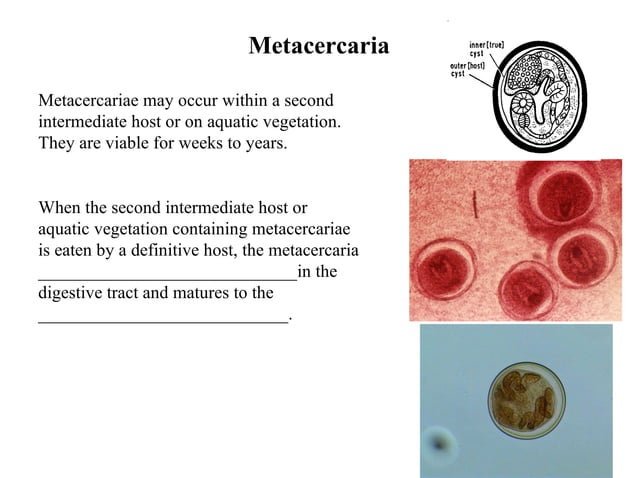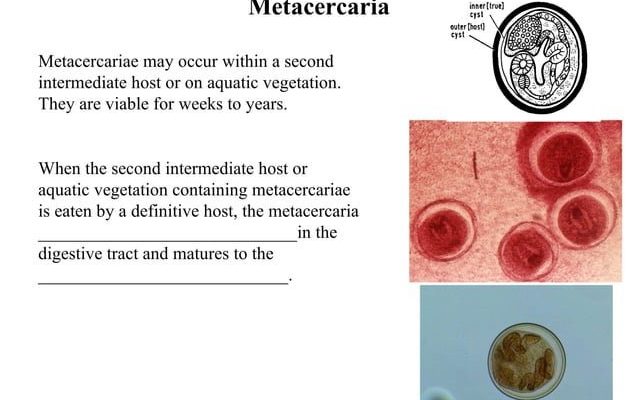
Keeping in mind that they’re not exactly the life of the party in the animal world, understanding how trematodes feed can feel like diving into a deep, mysterious sea. It might seem a bit overwhelming, especially if you’re new to parasitology. So, let’s break it down step-by-step. We’ll explore how these unique creatures catch their meals and what makes their feeding style so effective.
What Are Trematodes?
Before we dive into how trematodes feed, it’s essential to know what they are. Trematodes belong to a class of flatworms known as Trematoda. These creatures can be found in many environments, primarily living in the bodies of fish, amphibians, and mammals as parasites. They usually have complex life cycles, involving multiple hosts, which makes their feeding mechanisms even more interesting.
Think of trematodes as the ultimate survivalists. They adapt to various hosts, ranging from snails to humans. With each new host, they might change how they feed. This adaptability is one reason why they’ve been able to thrive for millions of years.
The Anatomy of a Trematode
To understand how trematodes feed, you need to know a bit about their anatomy. These flatworms have a sucker mouthpart, which is crucial for grabbing onto their hosts. Picture it like a tiny cup that can attach firmly to the insides of their host. This strong grip allows them to stay put while they feast on the nutrients they need for survival.
Additionally, trematodes have special adaptations, like a digestive system that’s relatively simple. After attaching securely, they can extract nutrients from the host’s tissues or bodily fluids. It’s like having a perfectly designed tool kit for their parasitic lifestyle!
The Feeding Process of Trematodes
Now that we have a basic understanding of what trematodes are and how they’re built, let’s break down the actual feeding process. This is where the magic happens. Here’s how it typically works:
1. Attachment: The first step is the trematode latching onto its host using its sucker. This might sound easy, but it requires precision and strength. The trematodes often target specific areas in their host’s body where they can access the most nutrients.
2. Digestion: Once secured, the trematode uses enzymes to break down the host’s tissues. This is a crucial step—without these enzymes, they wouldn’t be able to absorb the nutrients they need.
3. Absorption: After the digestive process, the nutrients are absorbed directly through the body wall into the trematode’s system. Think of it like a sponge soaking up water—quick and efficient!
4. Excretion: Lastly, any waste produced during this digestive process is expelled into the host. This means the trematode can continue to feed without overloading on waste, allowing it to stay healthy within its host environment.
Life Cycle and Feeding Strategies
Trematodes have complex life cycles and often require multiple hosts to complete them. Their feeding strategies vary depending on which stage they are in and what host they are using at the time.
For example, in their larval stage, trematodes might feed on no host at all, while in their adult stage, they might consume blood or liver tissues. These different strategies help ensure their survival across various environments. This adaptability is one reason why they’re considered successful parasites.
Types of Trematodes and Their Feeding Mechanisms
Not all trematodes are created equal! There are several different types, each with its unique feeding mechanisms:
– Liver Flukes: These trematodes usually target the livers of animals, like cows and sheep. They have a specific feeding method that allows them to consume the blood and tissues of their host more efficiently.
– Blood Flukes: Known to cause diseases like schistosomiasis, these trematodes have evolved to live in blood vessels and feast on blood. Their feeding mechanisms are adapted to a highly vascular environment, making them effective at harvesting nutrients.
– Intestinal Flukes: These guys live in the intestines of their hosts, consuming partially digested food. They have adapted to withstand harsher environments with different digestive fluids.
Each type has its own distinct adaptations that let them thrive in their particular environments.
Why Understanding Trematode Feeding Matters
You might be wondering why we should care about how these little creatures eat. For starters, understanding their feeding mechanisms can help in dealing with the diseases these parasites cause. If we want to develop better treatments or preventative measures against trematode infections, we first need to know how they interact with their hosts.
Plus, studying trematodes can give researchers insights into broader ecological systems. By understanding one tiny piece of the puzzle, we can learn more about the health of entire ecosystems, including the animals that depend on them.
Impacts on Host Organisms
Trematodes can have various impacts on their host organisms, ranging from mild discomfort to serious health issues. Here’s how their feeding can affect their hosts:
– Nutrient Depletion: By consuming vital nutrients, trematodes can cause their hosts to suffer from deficiencies. This can weaken the host, making them more susceptible to other diseases.
– Tissue Damage: As they feed on tissues, especially in critical areas like the liver or intestines, trematodes can cause significant damage. This might lead to inflammation, scarring, or even organ failure in severe cases.
– Immune Response: The presence of trematodes can trigger an immune response in the host, which can lead to chronic health issues if the infestation is persistent.
Understanding these effects is crucial for managing trematode-related diseases and improving health outcomes for affected organisms.
In summary, the feeding mechanism of trematodes is as complex as it is fascinating. These tiny parasites have adapted their feeding strategies to thrive in a variety of environments and hosts. From their attachment to digestion and absorption, every step of the process showcases their unique adaptations.
The more we understand these mechanisms, the better we can address the challenges they present, especially concerning human health. Whether you’re studying biology, caring for infected animals, or just curious about the natural world, knowing how trematodes feed enriches our understanding of life on Earth. After all, sometimes it’s the smallest creatures that play the biggest roles!

